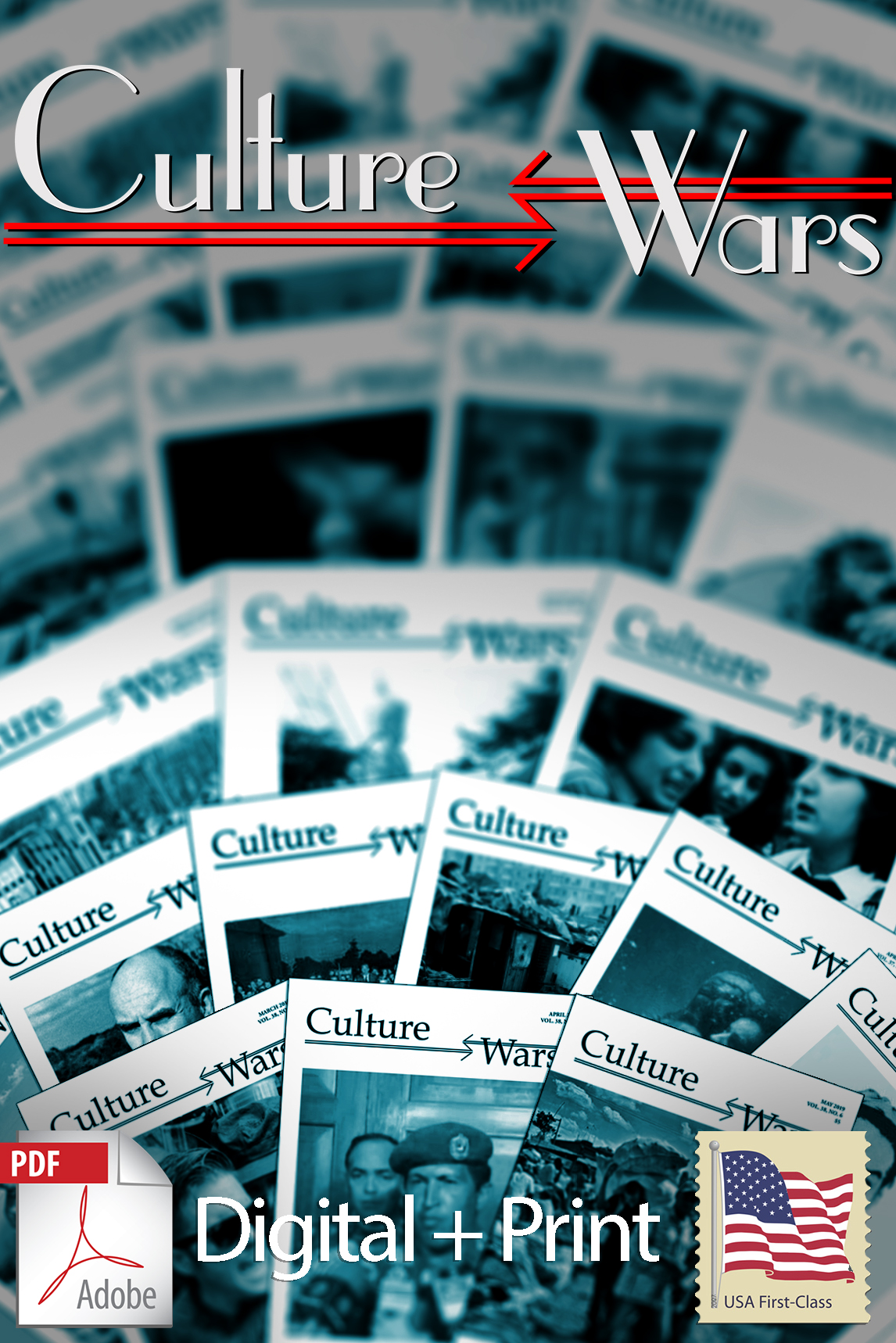Extraordinary Guide to American Converts
/“This extraordinary guide to American converts shows just how many roads lead to Rome.”
I have spent many instructive and stimulating hours recently with John Beaumont’s The Mississippi Flows into the Tiber. This is a very hefty book, described in its subtitle as “A Guide to Notable American Converts to the Catholic Church”. It is a sequel to his 2010 book, Roads to Rome, which concerned British and Irish converts. It would not be true to say I have read it from cover to cover as it is over 1,000 pages long. But I have read several of the converts’ lives with great interest and plan to read others in due course.
The important thing to say about such a massive work of reference is that it is much more than that: Beaumont has deliberately included long passages, either written by the converts themselves or by their biographers, which are inspiring essays in their own right. There are as many different reasons for joining the Church (or obstacles holding one back) as there are individuals; some of these essays provide excellent material for arguments about the faith one might have with sceptical friends. For this reason the book is invaluable, encompassing as it does an extraordinary range of different characters, with all their human flaws and yet who have all been touched by the grace of conversion.
This is not a work of hagiography; Catholic converts are sinners, not saints, some of them spectacularly so. In these pages you will find the notorious mobster, Dutch Schultz, as well as Ernest Hemingway, who married four times and who finally committed suicide. Incidentally, Hemingway’s is one of the most fascinating stories: Beaumont argues that, despite his human frailties, he was never a bogus or nominal Catholic; he was serious about the faith he adopted aged 28, had a longstanding devotion to the pilgrimage to Compostela (long before it became fashionable) and that his Catholic faith remained a subtle, pervasive influence over his writing.
As well as converts the book contains the stories of “reverts” – those who have lapsed and then returned – such as the poet Dunstan Thompson, friend of the English Catholic writer and convert Philip Trower. It is also moving to read how often spouses converted at the same time, a tribute to the joint spiritual journey that marriage has been for many converts. Again, it is notable how many of these men and women were converted by the famous evangelist, Bishop Fulton Sheen.
“John Beaumont’s book The Mississippi Flows into the Tiber is an impressive feat, and an invaluable tool for arguing with atheists...”
Particularly memorable for me were the accounts of Conrad Black, publisher and historian; Dorothy Day, the social activist; Abby Johnson, the pro-life champion who used to work for Planned Parenthood; Marshall McLuhan; Karl Stern; and Bernard Nathanson, the abortion doctor who, like several others in the book, came to see the evil of abortion. In his case it was when he saw the ultrasound pictures of a baby, which prompted his film The Silent Scream.
John Beaumont tells me that the book took him just over three years to compile, alongside his normal work as a lawyer; an impressive feat. Unlike his earlier book (for which he has now written an 80-page supplement) he was under no pressure as to the length of the book; hence its size. I asked him about his own favourite entries. Some of these coincided with my own, but he also mentioned Walker Percy, Nathaniel Hawthorne’s daughter, Rose, the actress Patricia Neal – once married to Roald Dahl – and Clare Booth Luce among others. Indeed, he commented that he “could have added many more”. Clearly, there is nothing as fascinating as the lives of other people – especially when it concerns something as personal as the journey of the soul.
Beaumont is proud of the fact that Cardinal Burke has recently ordered a copy of the book from Amazon. In his afterword Fr John McCloskey III quotes the German philosopher Dietrich von Hildebrand (whose book My Battle with Hitler I have recently blogged about), who wrote that we should look upon all the people we meet as Catholics “in re” (in fact) or “in spe” (potentially). In this light Beaumont’s book is, as McCloskey writes, “ammunition for the fight for Catholic truth”.








